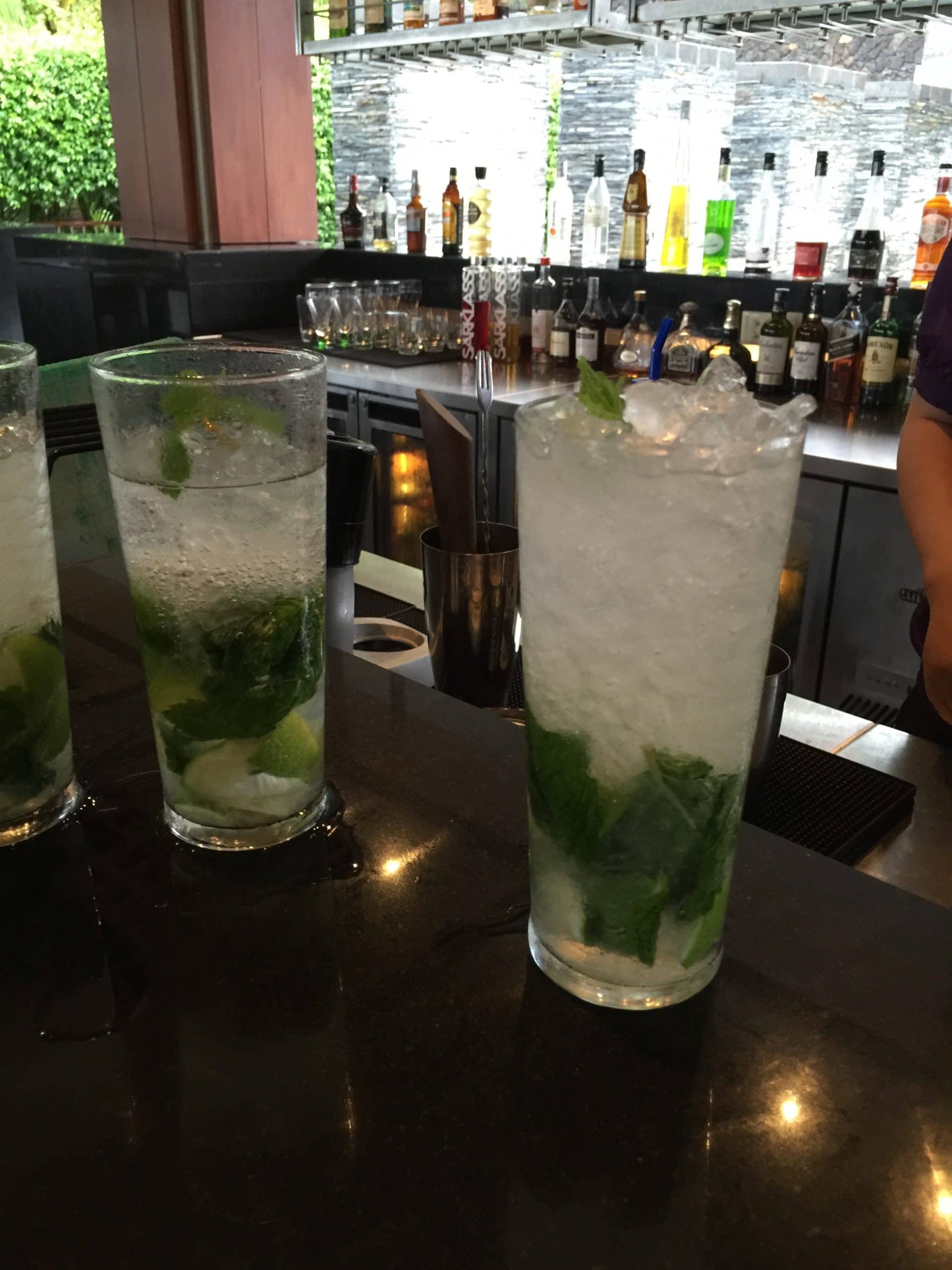
Mojito History – Origins, Tales, and Popularization.
Mojitos are a classic summer drink at the bar, the beach, and basically anywhere when the weather gets slightly hot outside. Like with many famous dishes and drinks, the exact origins are muddled. Here is what is known about the mojito history.
Cuban Origins
While the exact history of the drink is largely unknown, what is certain about the mojito is that it originated from Cuba and was inspired by the island’s native drink, guarapo.
Guarapo is a sugarcane-based drink that is non-alcoholic, and also alcoholic is spiked with local distilled sugarcane. It was a common drink about the Africans who came to the island colony as Spanish slaves. They learned the recipe from the local Cubans, many of whom also became slaves of their colonizers.
In the 1500s, Sir Francis Drake docked in Havana in search of the island’s supposed gold. His crew arrived with dysentery and scurvy from the rough seas. South American natives provided him a medicinal tonic of aguardiente de cana (a form of moonshine rum made from sugarcane), mint leaves, sugar cane syrup, and limes (and these limes were the actual cure because of their nutrients). The drink was called El Draque named after Drake.
It was the creation of the Bacardi rum company which opened in the mid-1800s that sparked the name change. The company replaced aguardiente with rum and when Ernest Hemingway first drank it and loved it.
Even of the origins of the name of mojito is disputed. Some say African slaves possibly gave it its name as they worked on the sugar cane fields. Mojito can comes from “mojadito” meaning “a little wet” or from “mojo” which refers to the Cuban lime.
Sign up for my newsletter on the sidebar for blog updates and my travel insider tips! And, check out my vlogs on YouTube!


